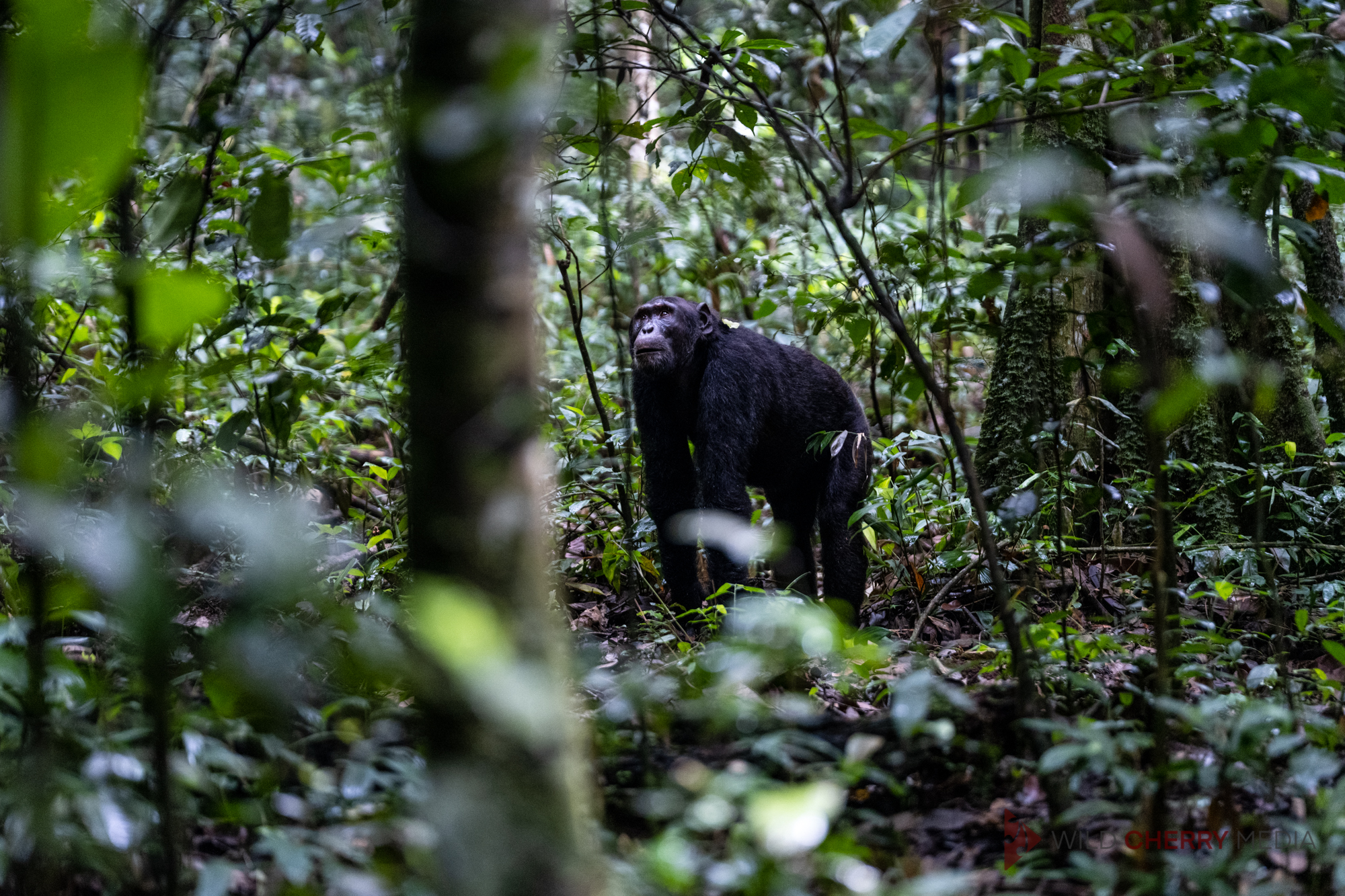Ben Cherry
Ben Cherry is a cinematographer and photographer specialising in wildlife and environmental projects, with clients including Apple TV, BBC, Disney, Netflix and various international NGOs. As well as wonderful wildlife experiences, Ben is passionate about stories covering wildlife and human perspectives, particularly those that highlight how we can live alongside one another.
The FUJIFILM GFX system has always been a head turning set up. It was from its first announcement and quickly I used the first GFX, the GFX50S, on some projects and loved it. Truly, it offered one of the most enjoyable shooting experiences I’ve had with a camera. From photographing Sir David Attenborough, to using it in the Arctic circle, and even with puffins.
Fast forward four years and along came a brilliant opportunity to take a GFX100s system on a special trip at the end of a long filming stint for a wildlife documentary series. Destination: Uganda.
The GFX100S System On Safari
This latest model felt really good to hold for long periods; it looked and felt more refined than the 50S. The interface updates weren’t anything new though as I was used to it with my lovely X100V. Everything seemed more compact than I remember, with the camera being literally the same size as other mirrorless cameras and SLRs I regularly use for other work which, when you think of the larger sensor and all the technology in this normal sized body, is really impressive. One of the big inclusions which I love is the In-Body Image Stabilisation (IBIS).
I’m often reluctant to use a tripod if I can get away without one as so much of my film work involves carrying heavy duty tripod systems around the place. IBIS has really helped my photography and is something I’ve grown accustomed to.
Features like the brilliant EVF and articulating screen mean that you can use this 100MP GFX100S camera like any other modern camera. Like the below image, shot using these features to hold the GFX100S low against my vehicle while watching this beautiful lion in the evening light.
The image earlier of Lake Mutanda pre-sunrise is also a brilliant example of how helpful IBIS is. Driving to our gorilla trek I couldn’t stop and get the tripod out, so utilised the fast GF110mmF2 R LM WR, great high ISO (more on this later), and the IBIS to get the shot. If this model didn’t have IBIS then I would have chosen the GF120mmF4 R LM OIS WR Macro over the GF110mmF2 but the IBIS inclusion means I feel comfortable using this gem of a lens a little more rough and ready.
Working with chimpanzees is a stress test for any camera system. Often fast moving, in a dark environment, and being a dark animal, makes it a bit of an AF-killer. This did push what the GFX100S system can manage, if things happened suddenly, but what was really impressive was the ISO capabilities. I was nervous how 3200+ would look but I found that 6400 ISO is very usable and gave me the shutter speeds I needed when trying to make the GF250mmF4 R LM OIS WR/GF1.4X TC WR teleconverter combo work in this gloomy environment on a cloudy day. Using the GF110mmF2 offered some much needed light and although I didn’t get long around a chimpanzee to utilise this lens (and maintain suitable distances), I do really enjoy the beautiful focus fall off from this combo.
I took the GF32-64mmF4 R LM WR, GF110mmF2 R LM WR and GF250mmF4 R LM OIS WR with me, along with the GF1.4X TC WR teleconverter. Each of these lenses have been well documented for how brilliant they are. I have been a fan of the GF32-64mm for five years, with its lovely focus fall off, but the other two I haven’t used as much. The most used option on the holiday was obviously the GF250mm, often with the GF1.4x teleconverter which gave a very helpful focal length boost. All of them are exceptional with their resolution on such a demanding sensor.
I love the fall off with all of these lenses, how they smoothly isolate subjects when wide open. The shallow depth of field created even at F4 is wonderful and one of the biggest selling points of this system for me.
It’s not a traditional action camera, but it is very usable in a variety of situations, from incoming vultures and nest building weaver birds to playing elephants, and you get 100 megapixel images at the end. Pretty remarkable.
Concluding Thoughts
This camera offers a hell of a lot in a well rounded system. You’re not going to get all the shots in every situation like high end action cameras, but the images you do get will offer resolution and opportunities that are otherwise very difficult to come by. I’m not much of a post-production photographer and am just starting to understand the opportunities for editing these images. From extensive cropping to help the composition and tone, to the dynamic range of the files, these files are massive! The below image of a gorilla in a tree was previously landscape, and yet even with the crop it is a high resolution image that can be printed very large.
I hope Fujifilm will continue to develop the system and push the limits of what we think is possible in an otherwise normal sized camera that is very easy to use. No doubt the lens selection will continue to develop, if lenses longer than 250mm start coming out then I can see more and more wildlife photographers getting interested in this system. This is very much a quality over quantity system and wow that quality is pretty epic.
































































